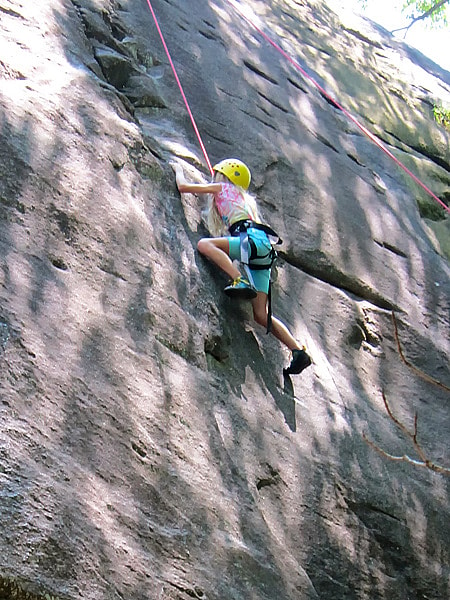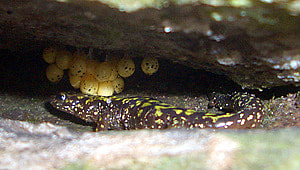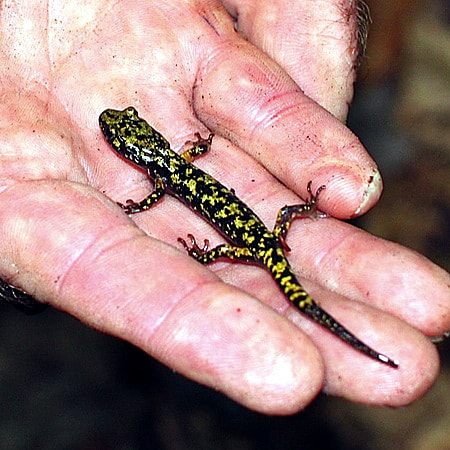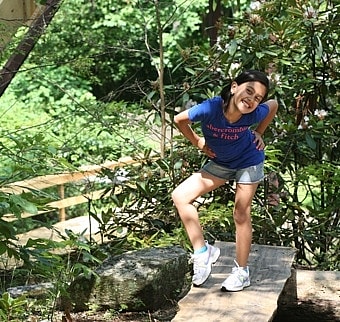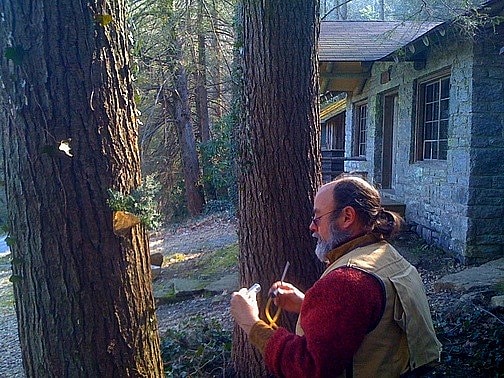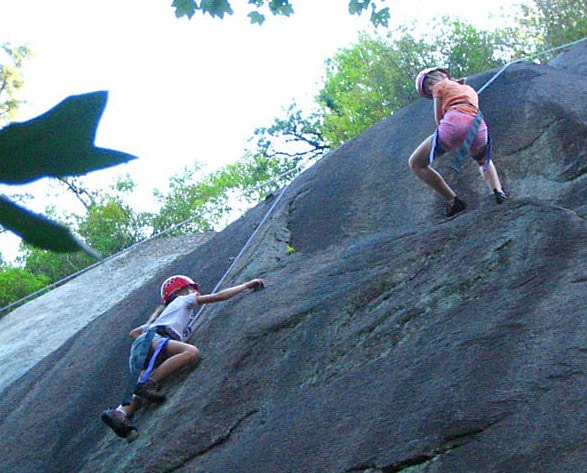When kids come to Rockbrook for camp, they know there’s going to be outdoor adventure happening, things like backpacking, kayaking and whitewater rafting, but they are sometimes surprised about all the rock climbing available. That’s mostly because there is simply so much rock to climb right here on the camp property, not to mention some of the famous rock climbing areas nearby in the Pisgah National Forest. But it’s also because learning to climb is so popular! No matter how old you are —yes, even the youngest kids— you can climb a real rock just about every day at Rockbrook.
Here’s how it works. Usually at breakfast or at dinner the night before, the rock climbing staff will announce a trip they have planned. Like for all of our adventure trips, the campers can then decide if they want to go. They make their own decision weather to go. It means giving up their regularly scheduled activities, and that can be a hard choice if you really love horseback riding or archery for example, but it also means enjoying the thrill of getting up on the rock. It helps to have experienced the fun of rock climbing to realize these trips are worth signing up for, but even after just one outing, campers learn how much of a treat they are. Some of these trips are short hikes up to a couple of the routes on Castle Rock, while others will be all-day adventures to one of the climbing areas on Looking Glass Rock.
The Rockbrook Camp rock climbing program is a big part of the adventure activities around here. Hey, let’s go climbing!


